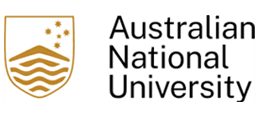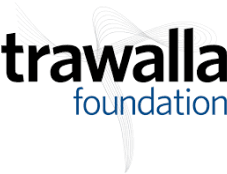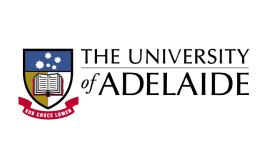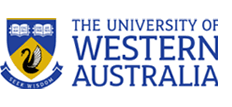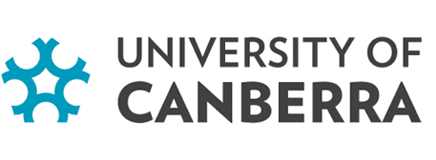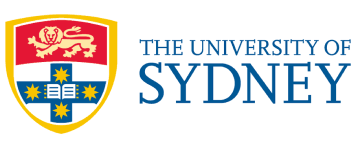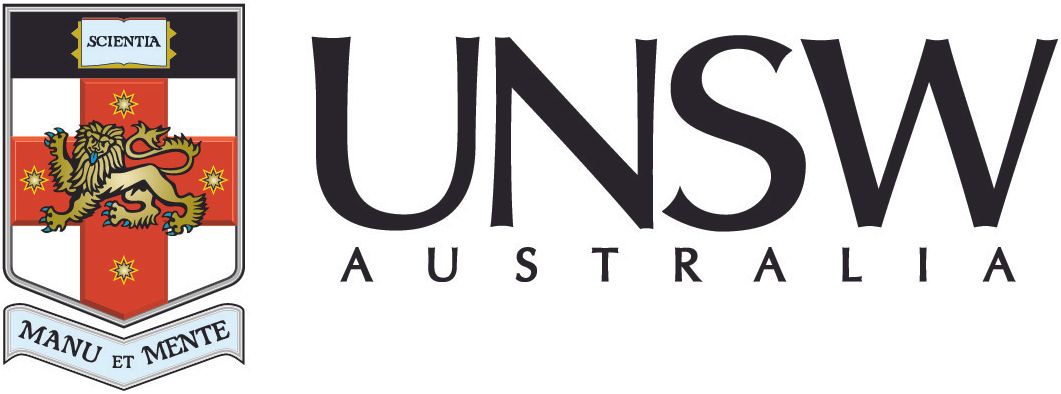Damning audit of NSW threatened species programs highlights that conservation can’t run on crumbs
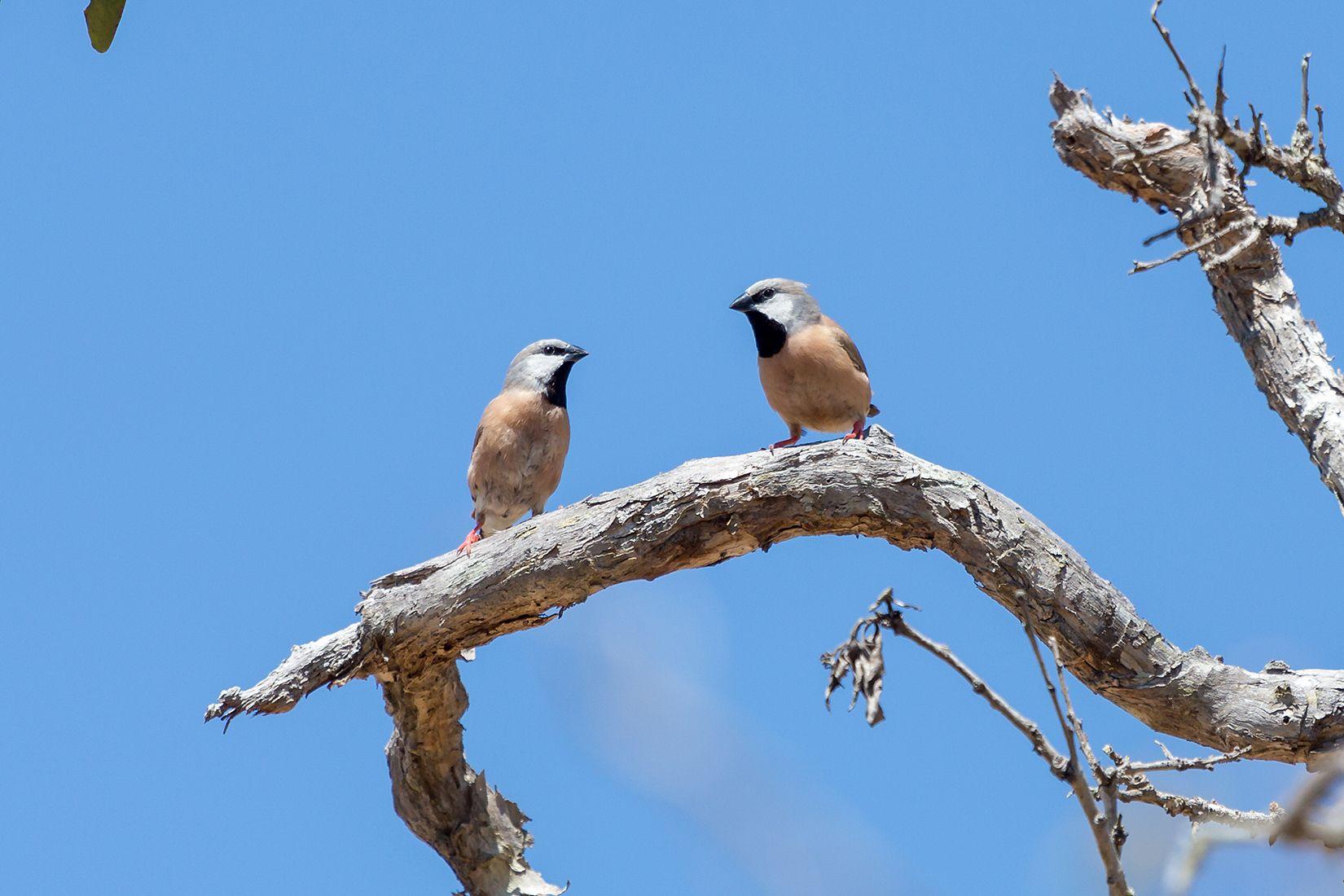
Over 1,100 species are listed as threatened in NSW, and 78 as extinct. The southern subspecies of the black-throated finch (Poephila cincta cincta) was declared extinct in NSW in 2016, but still persists in small areas in Queensland. Image: Geoff Walker, CC BY-NC via iNaturalist.
Media Release
19 August 2024
A government audit has just delivered a damning report on the NSW Government’s programs to care for threatened species highlighting a massive gap in funding.
The assessment by the New South Wales Audit Office examined whether the state’s Department of Climate Change, Energy, the Environment and Water (DCCEEW) has effectively delivered outcomes to support threatened species and ecological communities across New South Wales through programs such as Saving our Species.
1,043 species and 115 threatened ecological communities have been listed under NSW legislation as threatened with extinction and 78 species have already been declared extinct.
In response to the report Biodiversity Council Co-Chief Councillor Professor Hugh Possingham from The University of Queensland highlighted a massive shortfall in funding compared to the scale of the problem.
“Saving Our Species is a world-class program in terms of its framework to prioritise actions for species and ecological communities and it also employs world-class scientists, but the program’s funding has been completely inadequate to the scale of the problem.
“The funding was insufficient when Saving Our Species began in 2013 and it has declined dramatically in real terms since then leading to many problems, such as less than one third of the state’s threatened species and ecological communities being managed.
“All our threatened species projects are being done on the smell of an oily rag which means that outcomes are put at risk.
“Lack of adequate funding for threatened species conservation programs is a huge problem across the country and most other states and territories are in an even worse position,” Professor Possingham said.
Monitoring was another key area of failure identified by the audit. It found that most threatened species and ecological communities in NSW are not being monitored creating a risk that declines cannot be identified or responded to.
Ecological monitoring expert Biodiversity Councillor Professor David Lindenmayer from the Australian National University said, “It is quite clear that DCCEEW has not engaged properly on ecologically effective and cost-effective monitoring to inform species recovery.
“If we are to prevent species extinctions as the Federal Government has pledged then all states and territories need to lift their game – proper resourcing and appropriate collaborations that are well supported will be essential.”
Image: New species are still being discovered, thus the total number of species extinct, or at risk in NSW is likely an underestimate. Image: the blue colour-changing thermocolour skyhopper (Kosciuscola tristis) by Kate Umbers
Biodiversity Councillor Dr Kate Umbers from Western Sydney University and Invertebrates Australia said that under-resourcing biodiversity conservation is an unacceptable risk for Australia especially regarding ecologically vital yet typically undervalued groups like insects and plants that we continue to ignore at our peril.
“As climate change progresses rapidly in the Snowy Mountains (Ngarigo Country) we can only guess at the number of species that have already gone extinct and will go extinct on our watch.
“For example, we recently identified 15 new species of alpine grasshoppers, almost all of which were listed as threatened on the IUCN Red List as soon as they were described.
“This includes the remarkable blue colour-changing thermocolour skyhopper (Kosciuscola tristis) that is Endangered and found only on Mt Kosciuszko / Kunama Namadgi.
“Resourcing relative to the scale of the problem would allow us to manage the most biodiverse parts of the alps to see species up there through the worst of climate change. Without proper resources we are sidelined, forced to watch the collapse of our alpine ecosystems as we know them.”
The Biodiversity Council was founded by 11 universities and brings together leading Australian experts including Indigenous Knowledge holders to promote evidence-based solutions to Australia’s biodiversity crisis.



